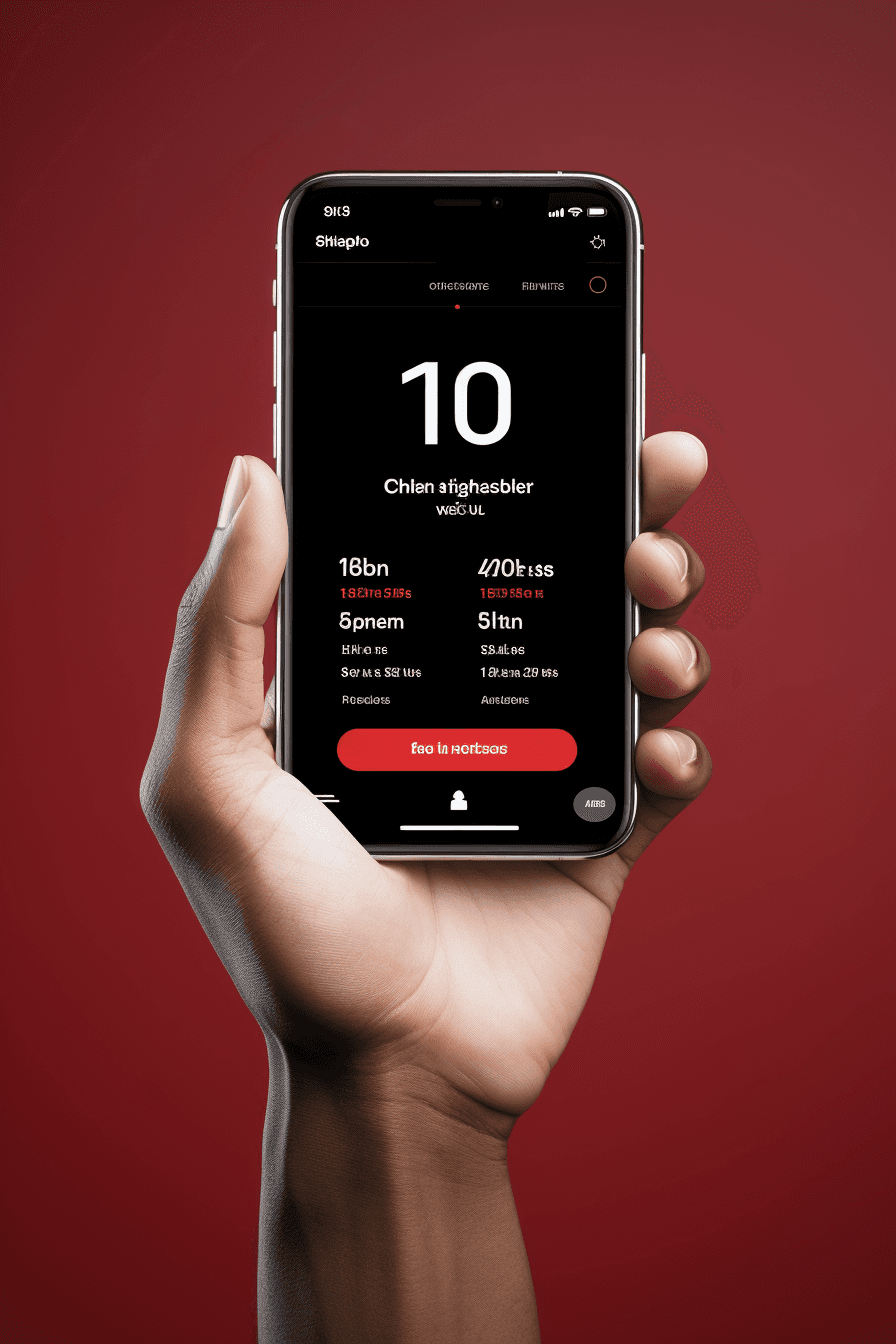Mastering the Art of Responsive Web Design
Jan 12, 2022
In today's multi-device world, responsive web design is no longer optional—it's essential. Here's how to master this critical skill:
Embrace Fluid Layouts
Use relative units like percentages instead of fixed pixels for layout elements. This allows your design to adapt seamlessly to different screen sizes.
Implement Flexible Images
Ensure images scale within their containers using CSS properties like max-width: 100%. This prevents images from overflowing their layout on smaller screens.
Leverage Media Queries
Use CSS media queries to apply different styles based on device characteristics like screen width. This allows you to create breakpoints where your design adapts to provide the best user experience.
Adopt a Mobile-First Approach
Start by designing for mobile devices and then progressively enhance for larger screens. This ensures your site works well on smaller devices and helps prioritize content.
Optimize Typography
Use responsive typography techniques to ensure text remains readable across devices. Consider using relative units for font sizes and adjusting line heights for different screen sizes.
Test Across Devices
Regularly test your responsive designs on various devices and screen sizes. Use tools like browser developer tools and dedicated testing platforms to ensure a consistent experience.
Prioritize Performance
Optimize images, minimize HTTP requests, and leverage browser caching to ensure your responsive site loads quickly on all devices, especially on mobile connections.
By mastering these techniques, you'll create websites that provide an optimal viewing experience across a wide range of devices, from mobile phones to desktop monitors.

